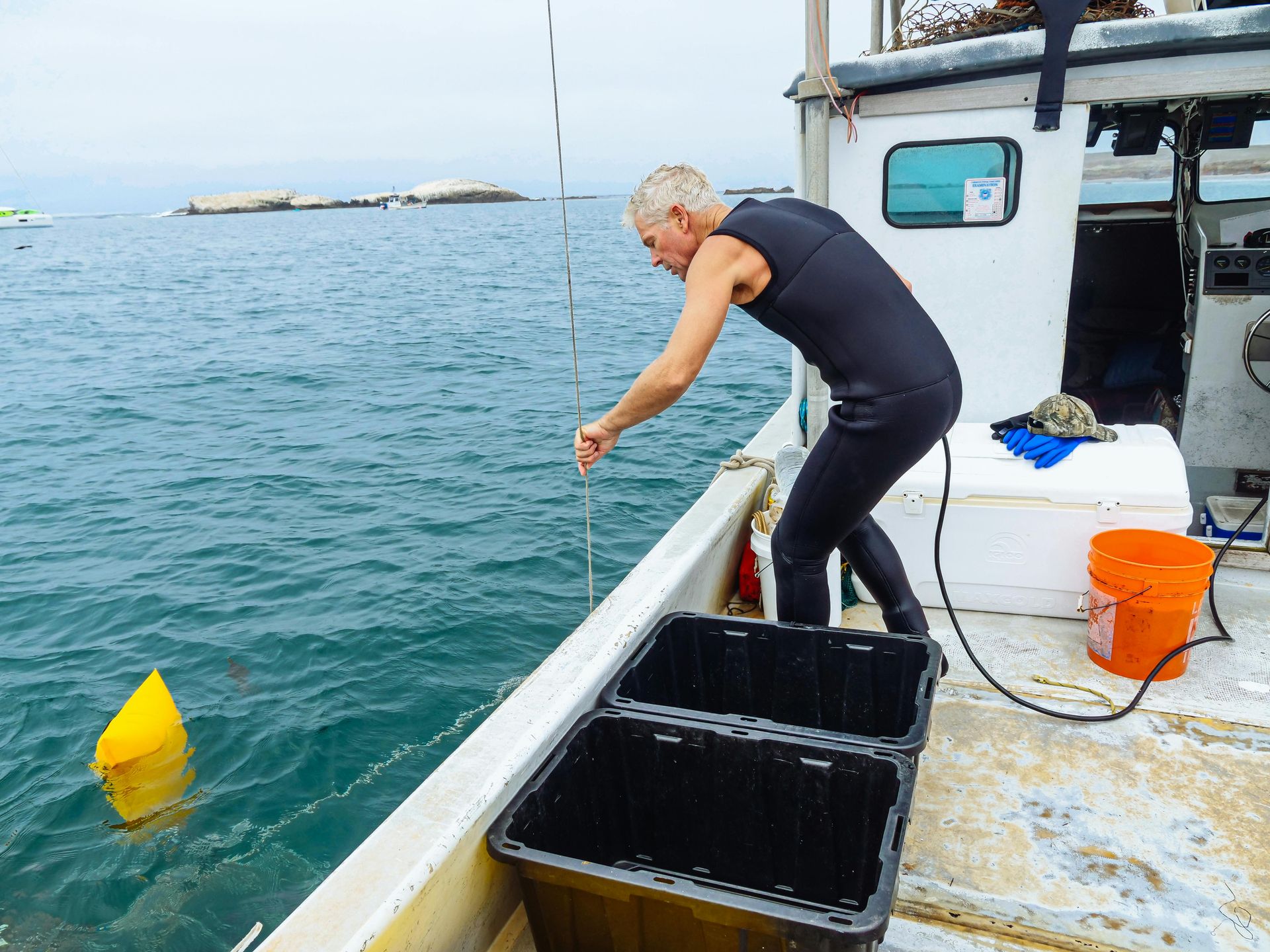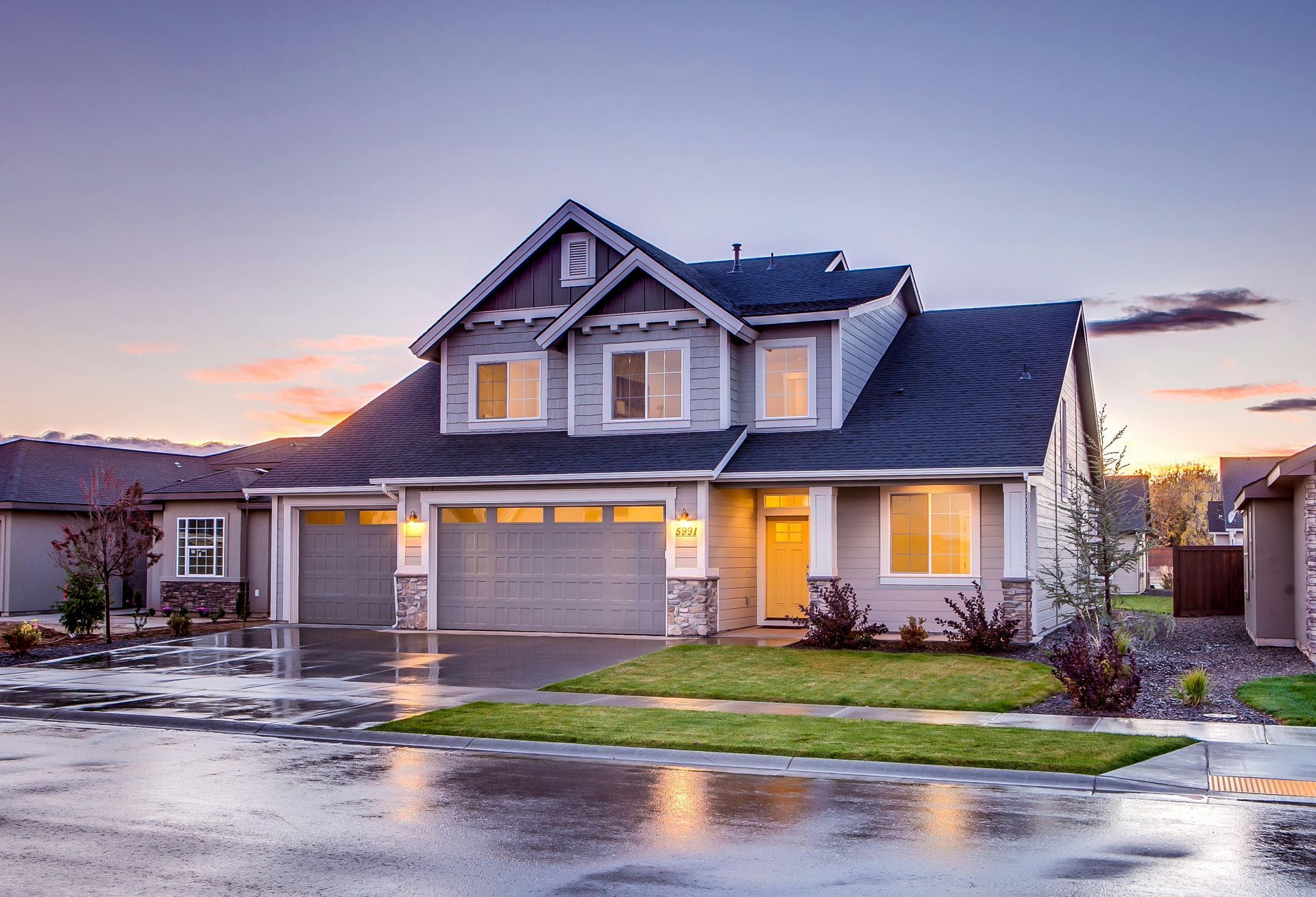Adams & Associates - Learn with Us
Flood Insurance for Hawaii Businesses: What You Need to Know and Why It Matters
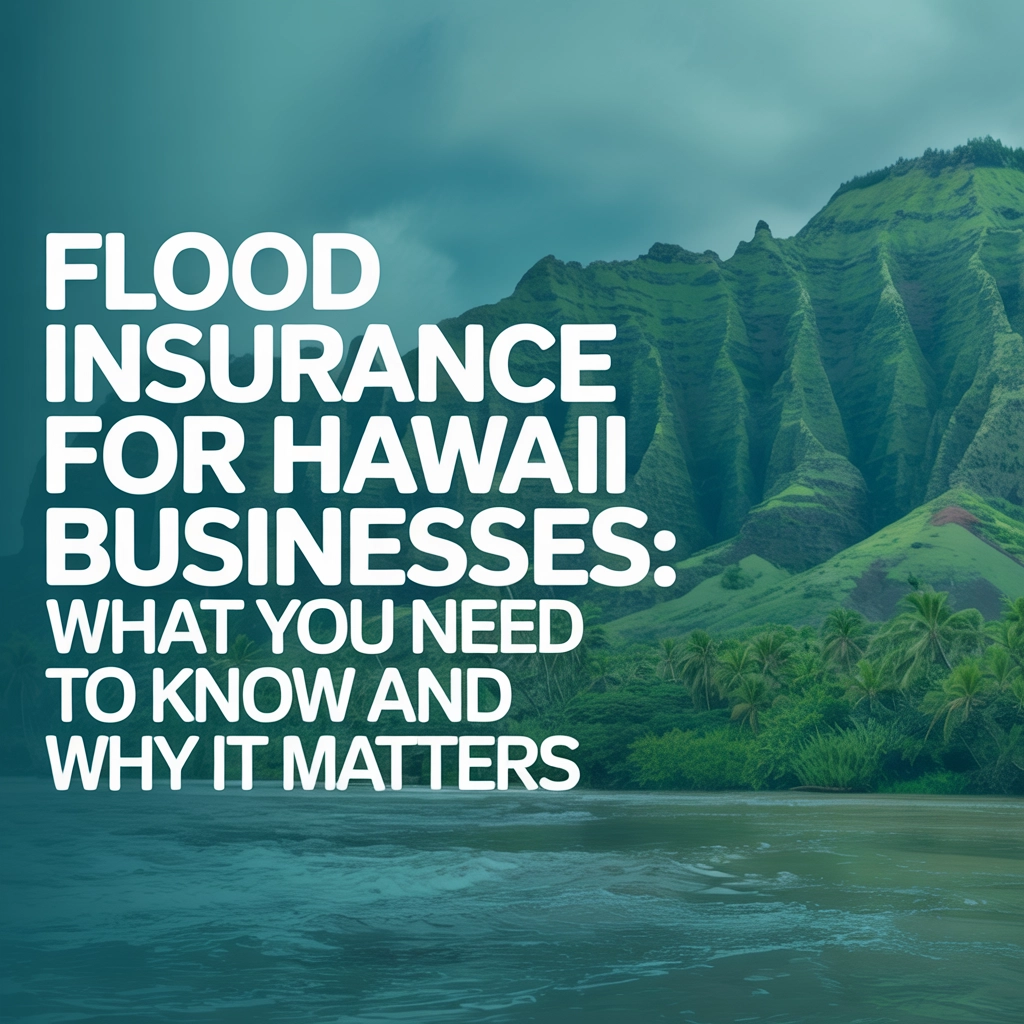
Running a business in Hawaii comes with incredible rewards – beautiful surroundings, unique culture, and year-round outdoor weather. But it also comes with some unique risks that many business owners don't think about until it's too late. One of the biggest? Flood damage.
If you think your regular business insurance has you covered for floods, you might want to sit down for this one.
Your Business Insurance Doesn't Cover Floods (Yes, Really)
Here's something that surprises a lot of Hawaii business owners: your standard commercial insurance policy doesn't cover flood damage. Not even a little bit.
Your typical business insurance protects you from things like:
• Fire damage
• Theft and vandalism
• Some weather-related damage (like wind)
• General liability issues
But when it comes to floods? You're on your own. This isn't just a Hawaii thing – it's true everywhere in the U.S. Insurance companies treat flooding as such a major risk that it requires its own separate coverage.
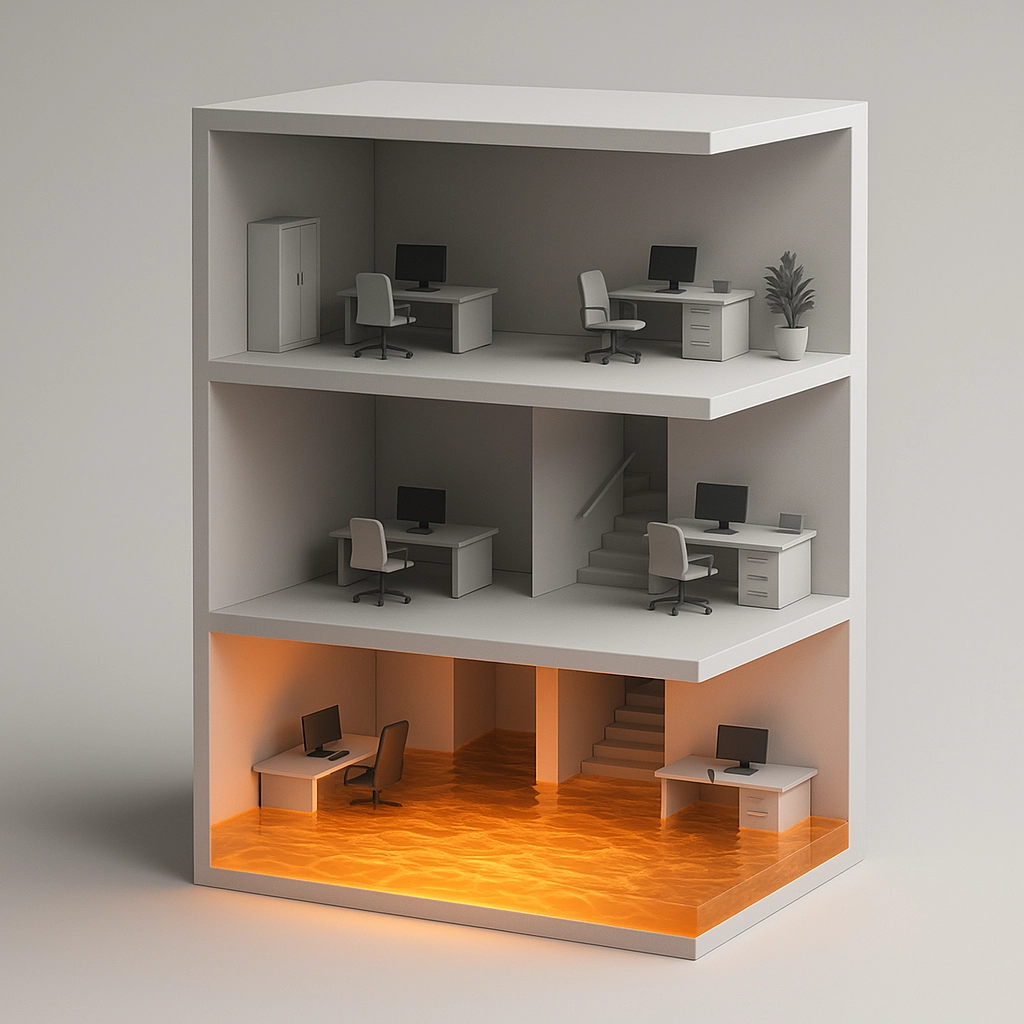
Think about it this way: if your shop gets broken into, your business insurance handles it. If a kitchen fire damages your restaurant, you're covered. But if heavy rains flood your store with three feet of water? That's a whole different story – and a potentially expensive one.
Hawaii's Unique Flood Risks Are Real
Living in paradise doesn't mean you're safe from water damage. In fact, Hawaii faces some pretty unique flooding challenges that mainland businesses never have to worry about.
Heavy Tropical Rains Hawaii's tropical climate means we get serious downpours. These aren't your typical afternoon showers – we're talking about rain that can dump inches of water in just hours. When the ground can't absorb it fast enough, that water has to go somewhere.
Flash Flooding Those beautiful valleys and mountains that make Hawaii so scenic? They also funnel water really quickly during heavy rains. Flash flooding can happen with little warning, turning streets into rivers and parking lots into ponds.
Ocean Surges and Storm Surge Being surrounded by ocean means storm surges can push seawater inland, especially during hurricanes or severe storms. This salt water is particularly damaging to buildings and equipment.
Infrastructure Overwhelm Even in well-developed areas, storm drains and drainage systems can get overwhelmed during extreme weather events. When that happens, water backs up and goes wherever it can – including into your business.
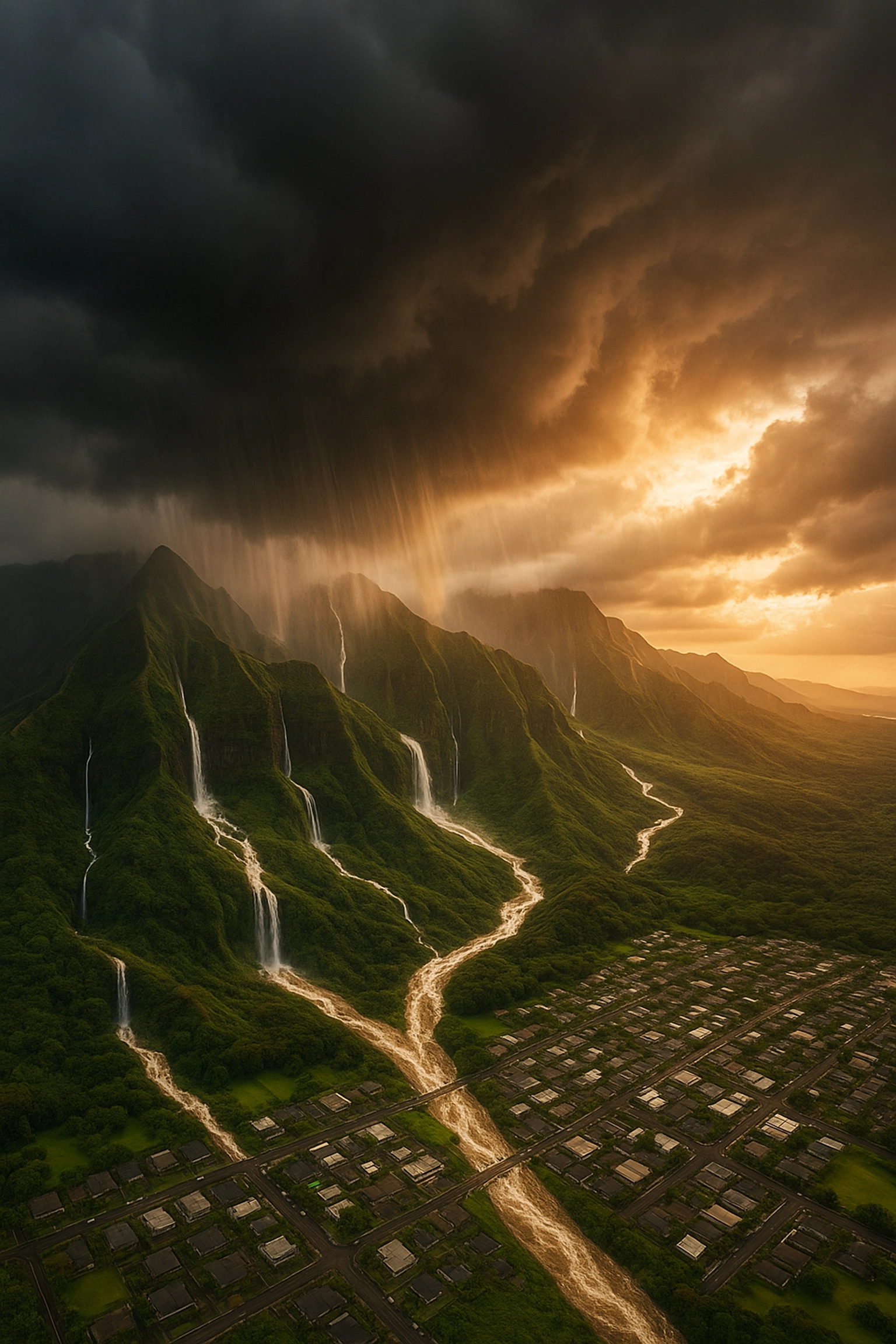
Your Flood Insurance Options in Hawaii
The good news is that flood insurance exists, and you have choices. Let's break down what's available.
National Flood Insurance Program (NFIP) This is the federal government's flood insurance program, and it's the most common option for businesses. Here's what you need to know:
• Available through regular insurance companies (like Adams & Associates)
• Covers building damage and contents separately
• Maximum coverage of $500,000 for commercial buildings
• Standardized coverage and pricing nationwide
• Requires 30-day waiting period before coverage starts
The NFIP covers flood damage from things like heavy rain, overflowing streams, storm drainage backup, and ocean surges. But here's the catch – the water needs to cover at least two acres or affect two properties to officially count as a "flood."
Private Flood Insurance Some insurance companies offer their own flood policies outside of the NFIP. These might offer:
• Higher coverage limits than NFIP • More flexible coverage options • Potentially faster claims processing • Coverage for things NFIP might not include
Private flood insurance can be especially useful if your business property is worth more than $500,000, or if you need specialized coverage for unique equipment or business interruption.
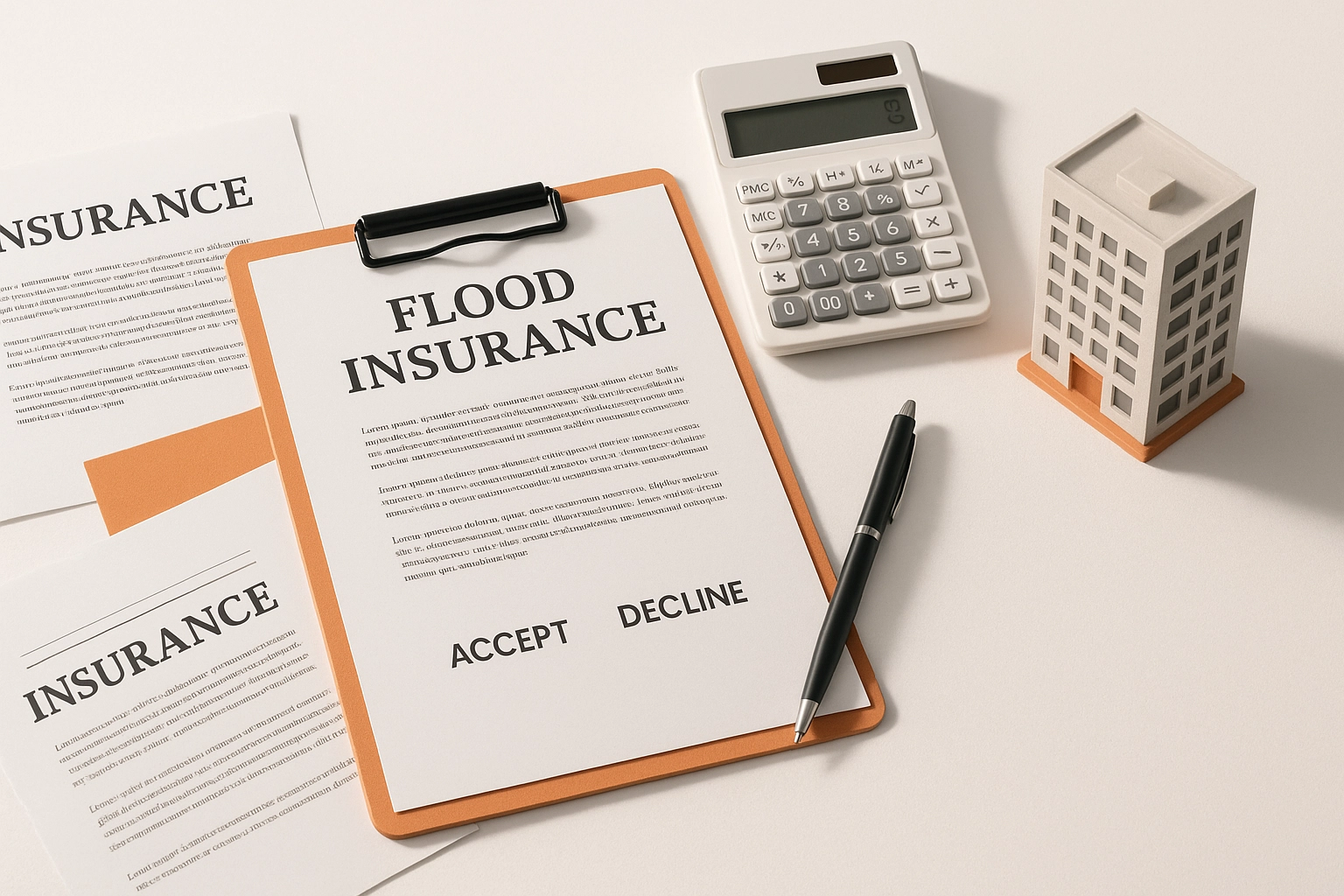
The 30-Day Rule You Need to Know
Here's probably the most important thing about flood insurance: you can't get it when you need it most.
All flood insurance policies have a 30-day waiting period. That means if you buy flood insurance today, it doesn't kick in for a full month. You can't watch a hurricane approaching on the weather channel and then rush to buy flood coverage – it doesn't work that way.
This waiting period exists to prevent people from only buying flood insurance when storms are approaching, which would make the whole system unsustainable.
The lesson? If you're going to get flood insurance (and you should), get it now while the sun is shining.
Why This Matters More Than You Think
Let's talk about what flood damage actually looks like for a business. It's not just about mopping up water.
Inventory Damage Water ruins almost everything it touches. Products, materials, documents – they're all potentially destroyed. Even if items don't seem immediately damaged, moisture can cause problems later.
Equipment Problems Electronics, machinery, HVAC systems – water and these things don't mix. Saltwater is particularly devastating because it's corrosive.
Building Structure Flooding can damage flooring, drywall, insulation, and electrical systems. Sometimes buildings need major reconstruction.
Business Interruption Even if your building isn't severely damaged, you might not be able to operate while cleanup and repairs happen. That's lost income on top of repair costs.

Hurricane Iniki in 1992 serves as a reminder of what can happen. With winds over 160 mph, it devastated Kauai and caused massive flooding throughout the island. Businesses that weren't prepared faced months of closure and huge repair bills.
Getting Started Is Easier Than You Think
If you're thinking "this sounds complicated," don't worry. Getting flood insurance is actually pretty straightforward.
First, figure out your flood zone. FEMA has maps that show flood risk areas. Even if you're not in a high-risk zone, you can still get flood insurance – and you probably should.
Decide what you need to cover. Think about your building value, inventory, equipment, and potential business interruption costs.
Compare NFIP and private options. Depending on your situation, one might work better than the other.
Don't wait. Remember that 30-day waiting period. The time to get flood insurance is before you need it.
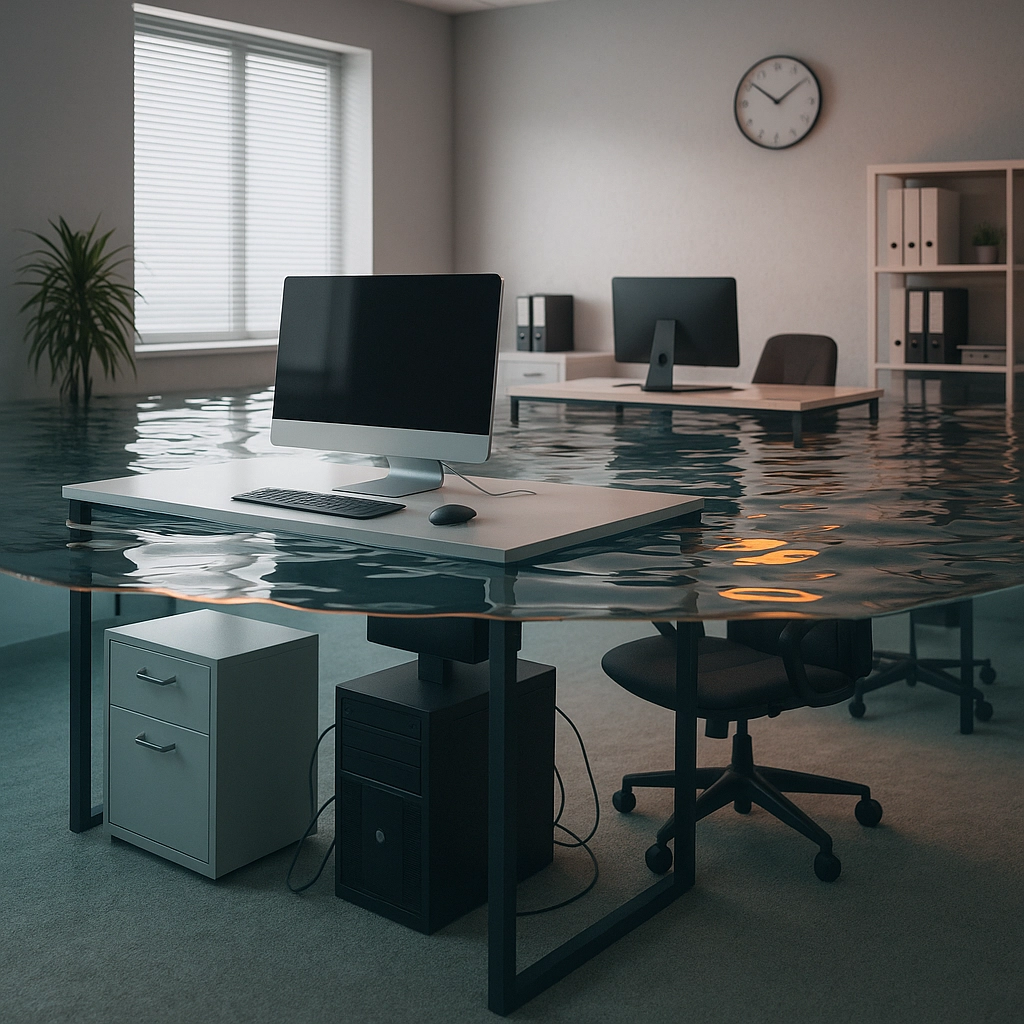
Questions About Flood Insurance?
Flood insurance might seem like just another expense, but think of it as protecting your investment and your future. When flood damage happens, businesses without coverage sometimes never reopen.
At Adams & Associates, we help Hawaii businesses navigate flood insurance options every day. We know the local risks, understand the coverage options, and can help you find protection that fits your budget and needs.
Whether you need basic NFIP coverage or a more comprehensive private policy, we're here to help you figure out what makes sense for your specific situation. Because when it comes to protecting your business, it's better to have coverage you don't need than to need coverage you don't have.
Ready to review your flood risk and coverage options? Contact Adams & Associates today. We'll help you understand your options and get the protection your Hawaii business needs.






